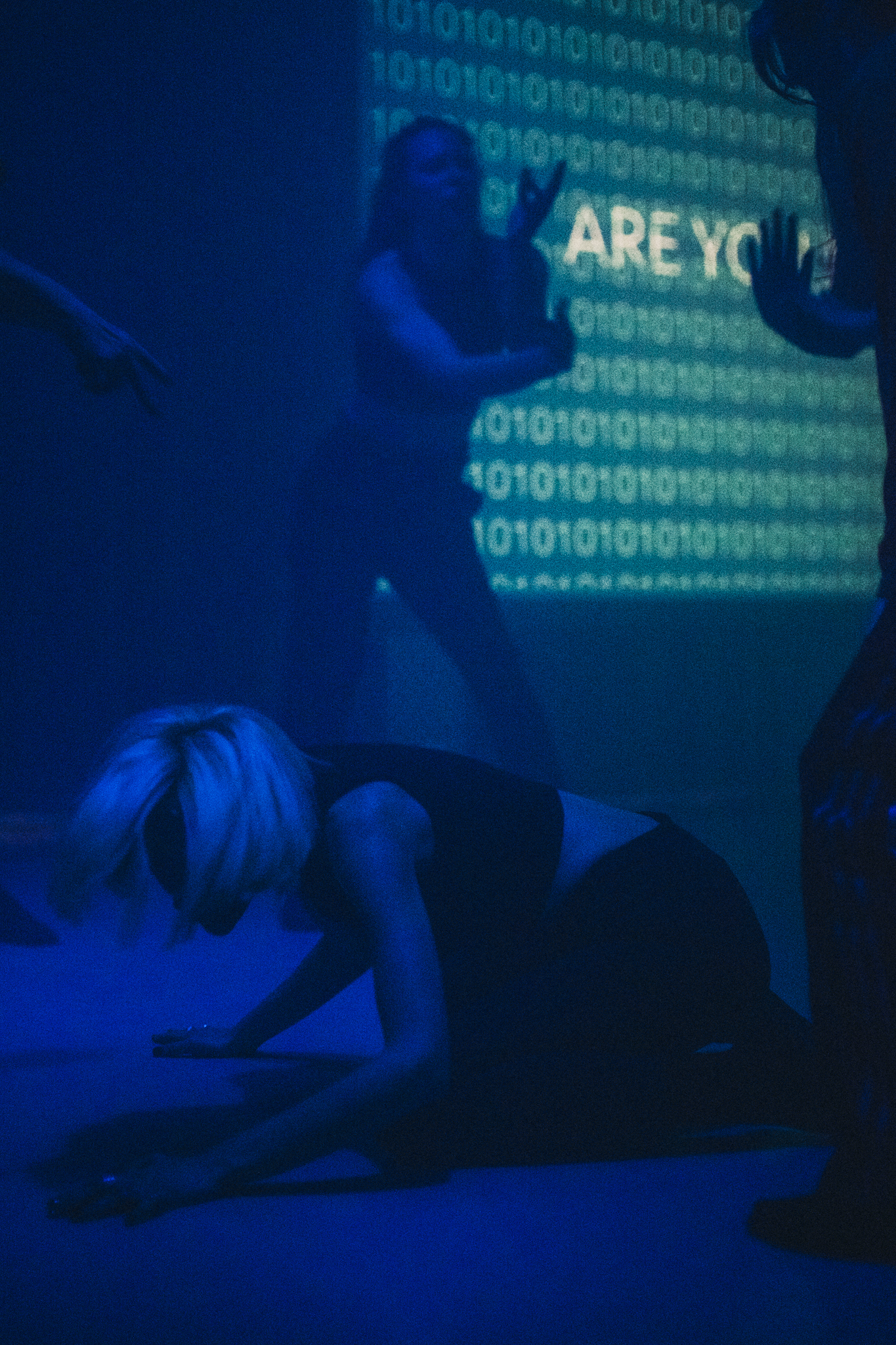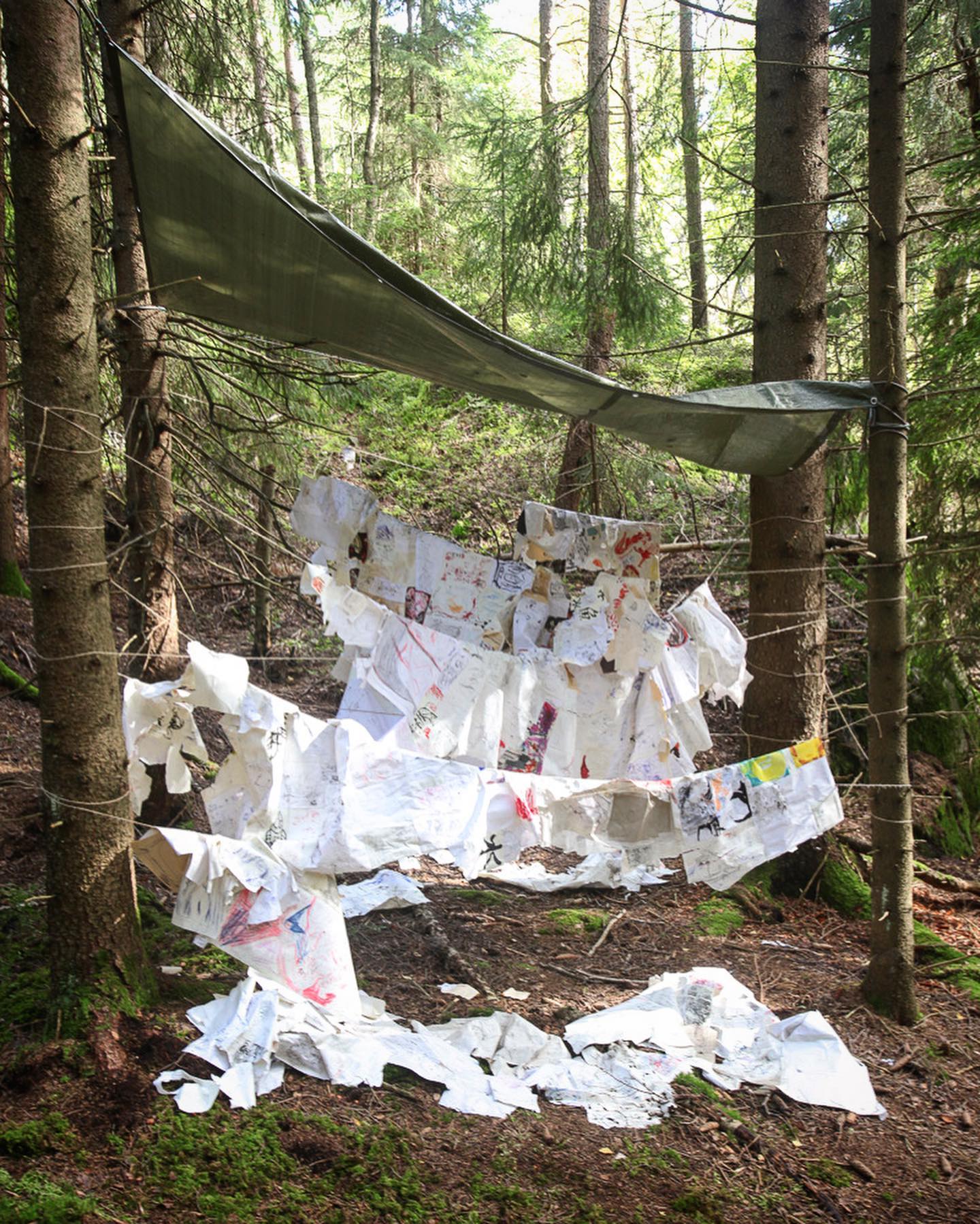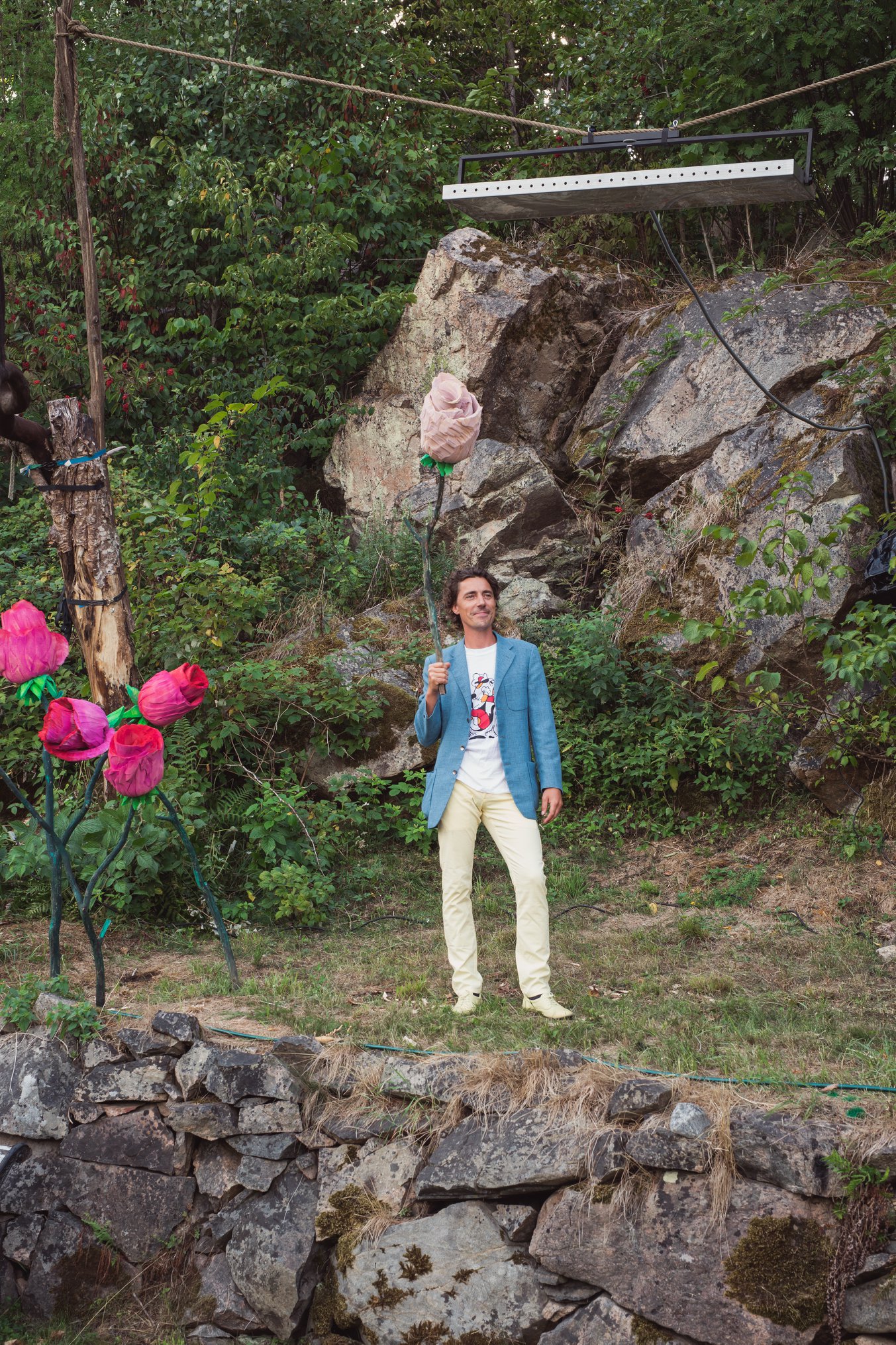Curatorial text
In 2022, I met Anton Anton Malinovskyi3, an Ukrainian artist living in Kiev, who told me about the rave parties that, since 2014, have been a manifesto of freedom in Ukraine. Partying together, has become, for him and his friends, an attempt to cope with war and a sense of destabilisation. Since 2019, he has been recording Ukrainian clubs and youth with his photography series entitled Rave Garden. The portraits of people immersed in techno rhythm made a big impression on me because of their authenticity and perceived partisan atmosphere. In addition, they had a universal aesthetic that undoubtedly inspires contemporary artists in other parts of Europe nowadays.
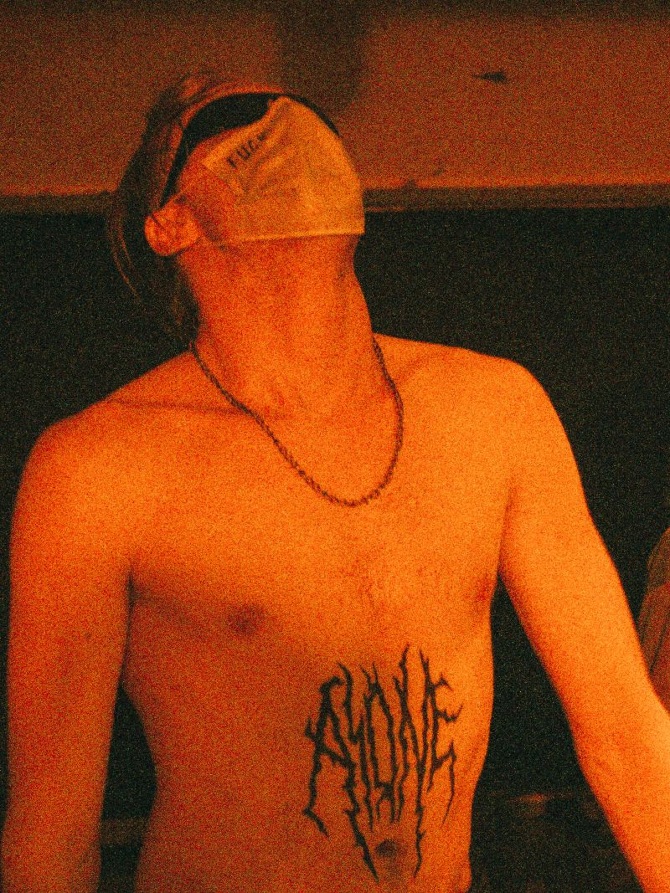
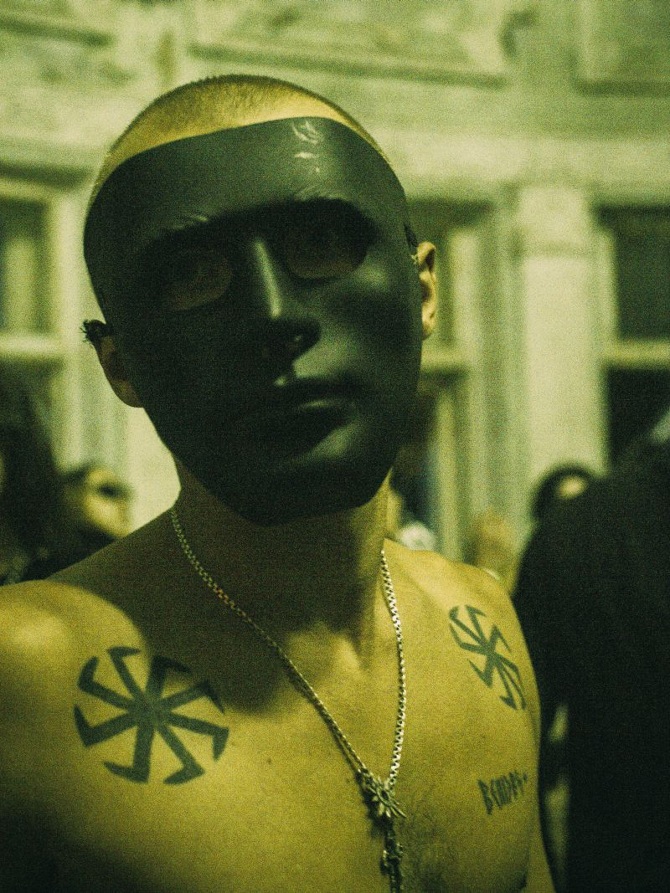
I began to wonder what role rave currently plays in our geographical region and where did this crowd-pleasing subculture grow from? Since artists, in addition to actively participating in techno parties in their spare time, often use fluorescent colours in their work, also test electronic beats and translate the trance-inducing state of the music into a visual language, it is worth taking a closer look. I found a partial answer to my questions in the words of Graham St John, an American rave music researcher, who believes that gatherings around electronic dance music shape identity, cross-cultural understanding, both resistance and belonging. Its presence intensifies in uncertain times and growing crises. Therefore, it seems that especially now, it is worth looking at this , “amorphous, youthful [rave] cultural presence”4.
LUCIDITY, the ability to think clearly
Openness to experimentation and collaboration was also the dominant path of action for Arnis Aleinikovas, an interdisciplinary artist who created his artistic project LUCIDITY in Wrocław in December/January 2022/2023. The main idea of the resident of the Wrocław Institute of Culture, was to create group consciousness, build bonds among a local group of dancers at different stages of advancement and, above all, to co-create art that gives pleasure and brings relief. During four workshops organised in the Barbara space, Arnis invited the Wroclaw community to work on ecstatic movement and test automatic writing, a technique used by the Dadaists and Surrealists in the 20th century.
Group meditation and non-verbal collaboration evolved into one coherent choreography, co-created by the resident artist together with Valentyna Shaiko, Agata Omelanska, Lizzy Lizzy, Barbara Krupa, Joanna Kisiel and Tomasz Parużyński Musiał.
However, the first presentation of the effects took place on 12th January 2023 at the Barbara in Wrocław.
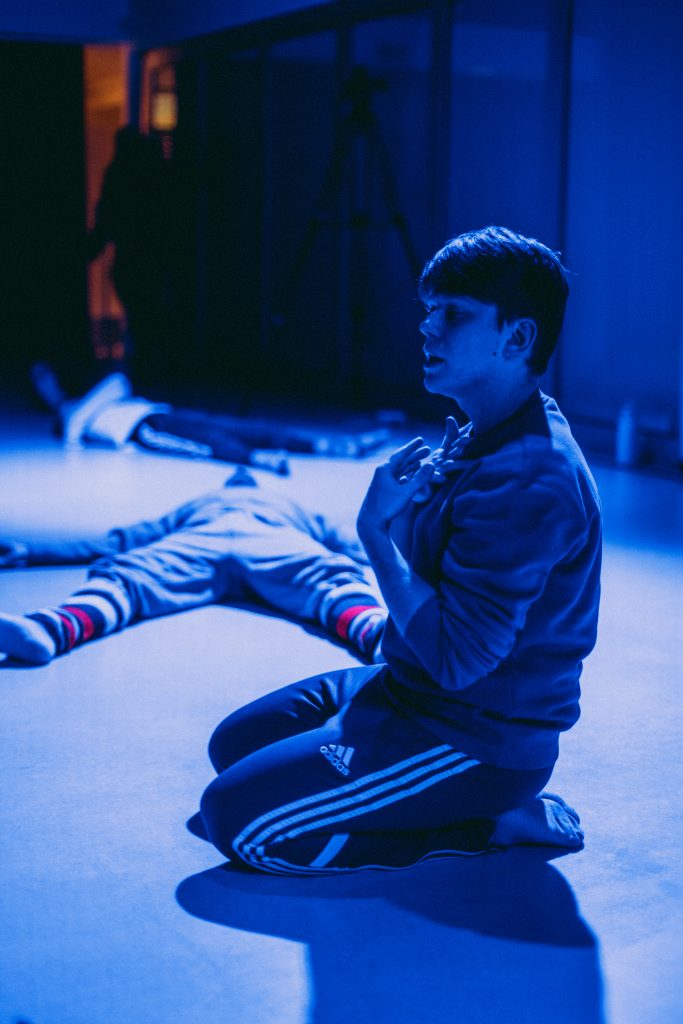
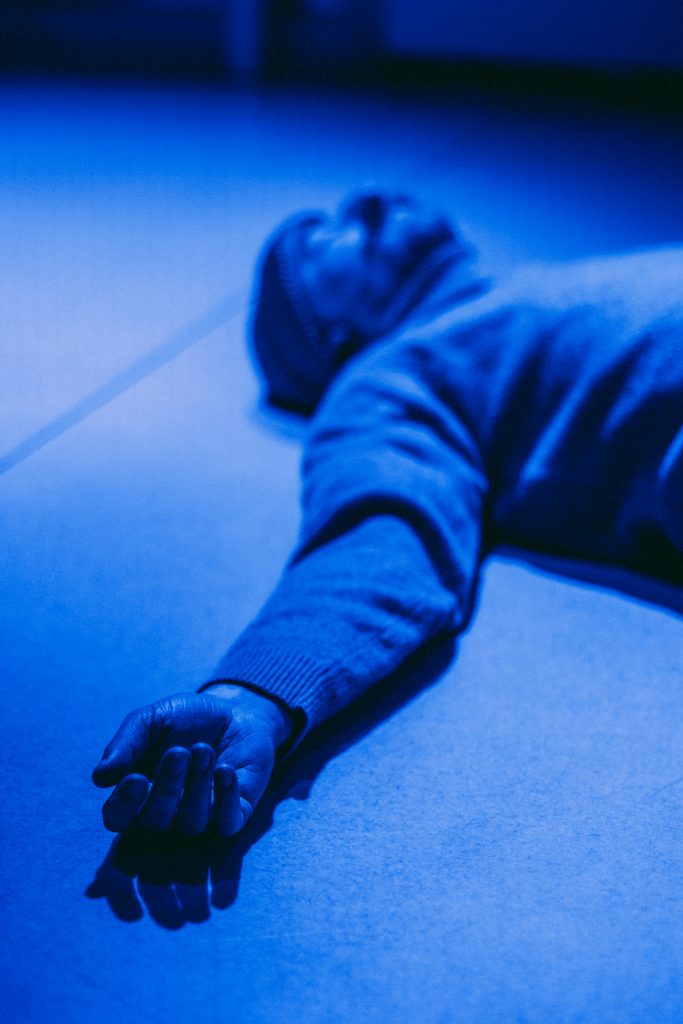

To give an insight into the motivation for this project concept, it is necessary to start by translating the title ,LUCIDITY. According to the Cambridge dictionary, it is ,’the quality of being able to think clearly, especially when this is temporary’. During the workshop, Arnis encouraged the practice of this skill, and this was to be helped by movement techniques as well as sound compositions that put the dancers into a pleasant state of motion. The artist believed in the synchronization of the participants. He also relied on the dynamics of the group of which he was a part. The formula of the workshop meetings, on the other hand, was based on cyclicality. Once a week, the participants listened together to meditative sounds moving into increasingly lively electronics. And although Arnis encouraged self-centredness, because, as he assumed, such small gestures and spending time together are a contribution to building community, the desired interaction in the group unexpectedly quickly emerged.
It is worth mentioning the second of the gatherings, which took place in a completely darkened room, where the community focused on individual micro-movements, while Arnis’ hypnotic voice ushered in a state between waking and dreaming.
Issuing slow instructions, the artist encouraged people to concentrate on parts of their bodies: relax your teeth and your skin. Let’s climb to the top of our heads together. Let’s see our hair from the inside. Let’s take a minute to visit areas of the body where we have not been together during meditation. Relax your face.
Arnis’s voice took on a double meaning at the workshop, firstly allowing us to relax, and secondly directly referring to the machines and robots set in motion by pre-programmed commands. This theme, critical to progress, recurred repeatedly in Arnis’s reflections during the group work, and at the final show created the mood of being in space together with the artificial intelligence. Particularly through an automatically generated voice narrating the performance, which was played before the event. Projections projected onto the wall, meanwhile, showed non-ideal 3D scans of the dancers’ bodies. These were made during a recent workshop and playfully talked about the relationship between humans and new technologies. Especially in the context of movement, which is impossible to capture when making scans of real objects or people.
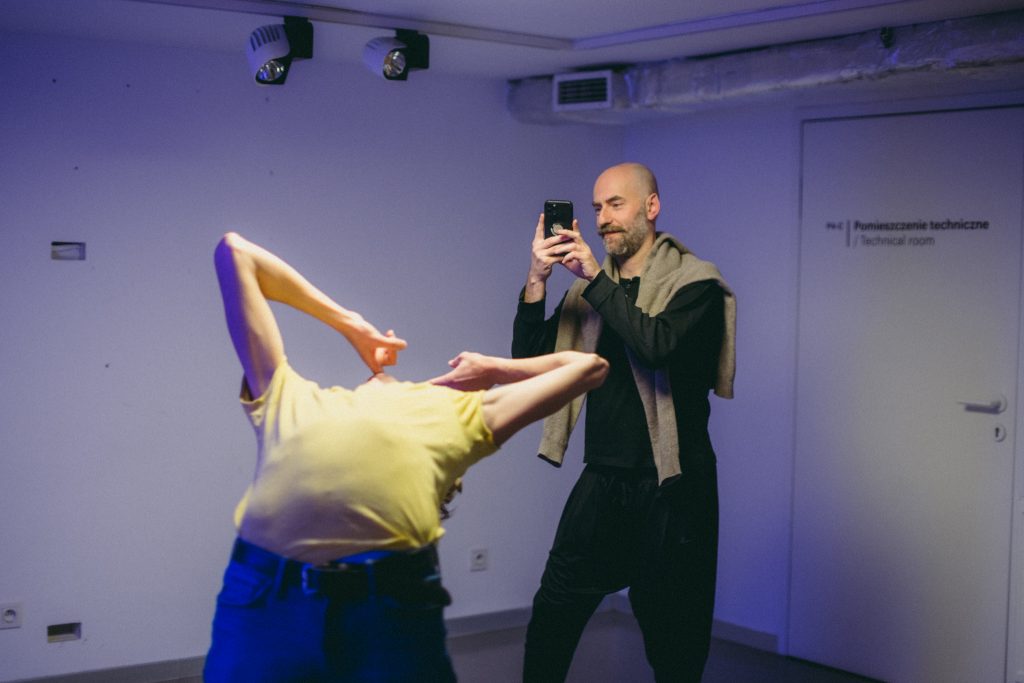
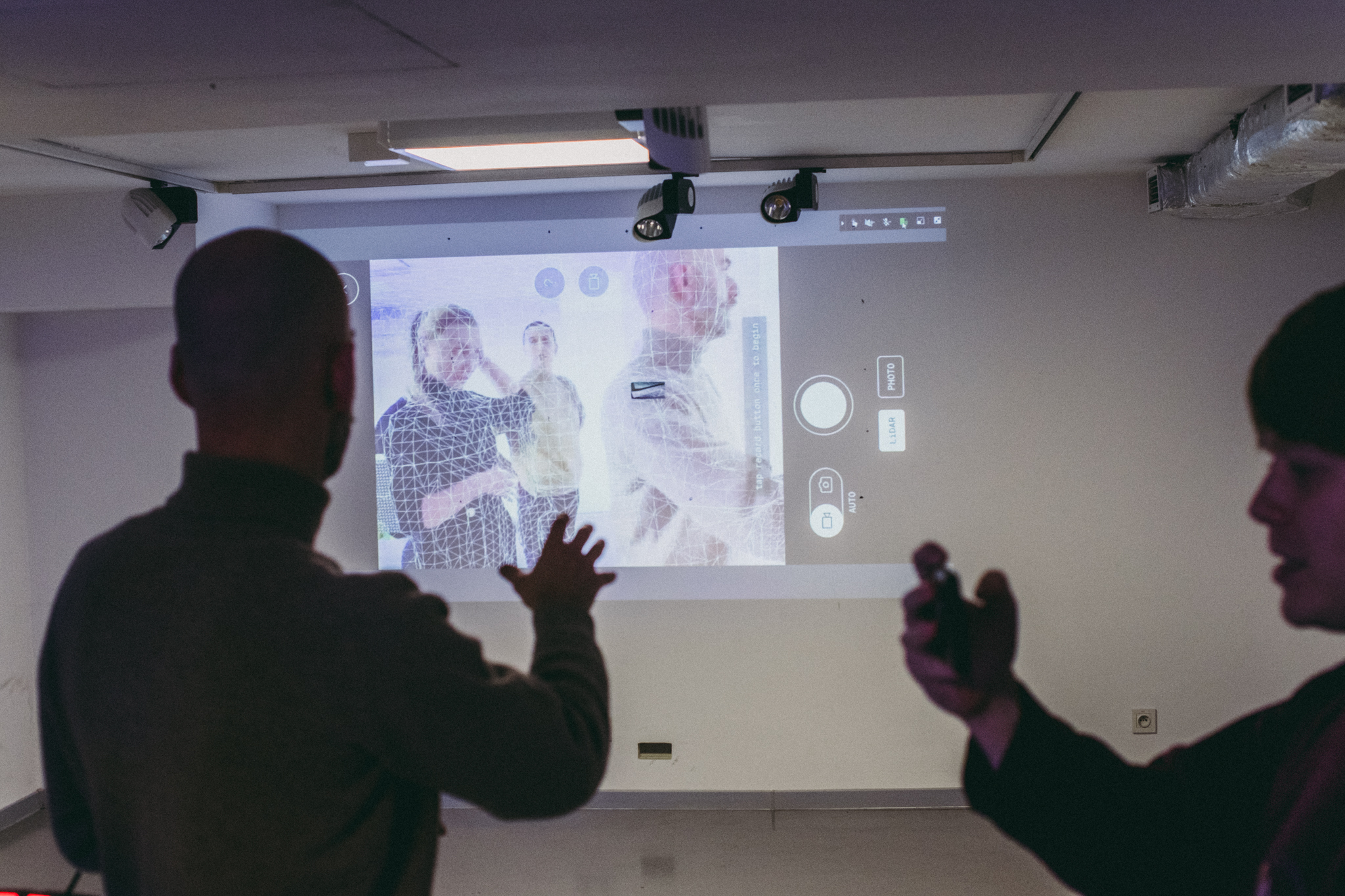

Participating in LUCIDITY, from my point of view, had two facets. One was complete immersion in the process and thus the rave aesthetic, meditative music and workshop scenario planned by Arnis. This perspective was exceptionally conducive to community building. On the other hand, however, I was keen to be an observer to record and detail the artistic process and working methods. But does being an observer actually add anything of value to a project in which the building of relationships occurred not so much on a verbal level but primarily through movement? Being there and then, as well as the choreographic synchronization, made it possible to fully experience the eponymous ‘clear thinking’. If one were to take into account the topicality of the topic raised, the visible need for interaction and the involvement of the group, it was virtually impossible to merely monitor the process from the sidelines. The experiment was engaging and fleshed out. Even the photographer documenting the workshop, who moved around the dance floor in the Grotowski Institute with us – when we tested ecstatic movement – found this out. The collective action was infectious, lively, friendly and engaging, like all rave culture. It was a respite in difficult times. I then realized a different kind of inclusivity that can come from non-verbal situations that generate a strong sense of belonging and creative community formation. All that remains is to continue them.
Paulina Brelińska-Garsztka

Emerging resident and artist: Arnis Aleinikovas, a Lithuanian interdisciplinary artist born in 1995. At the beginning of his artistic career, he wanted to become a theatre and film actor to later train as a director. Currently, he creates artistic works between theatre, performance, spatial installation, movement, fashion, film and science. In his practice, he is interested in existential themes such as the concept of reality, quantum mechanics, artificial intelligence and somatic healing.
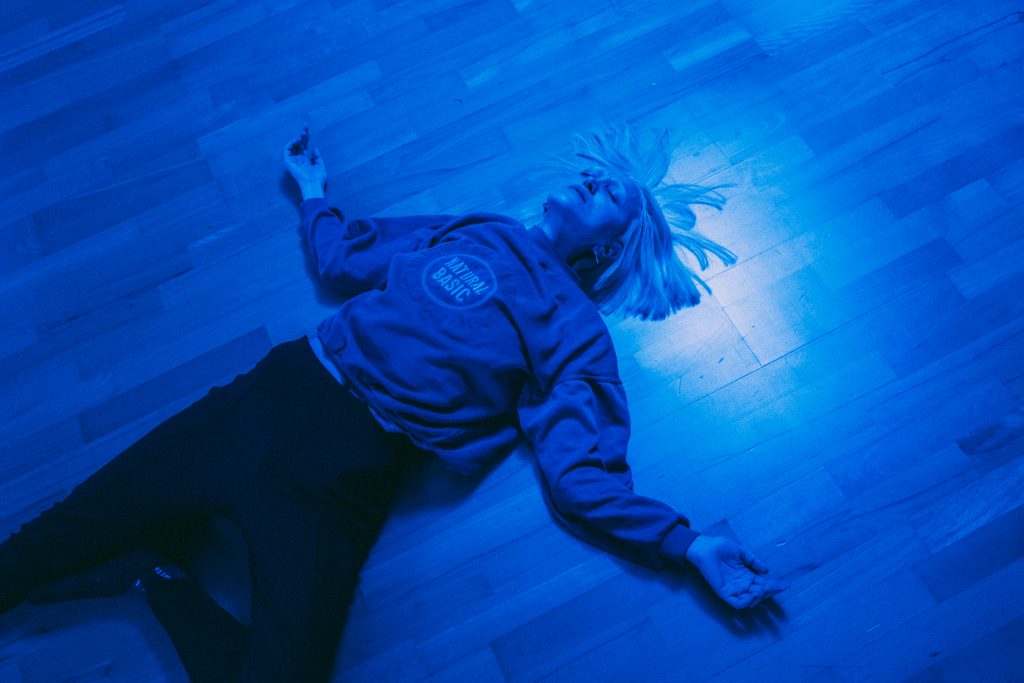
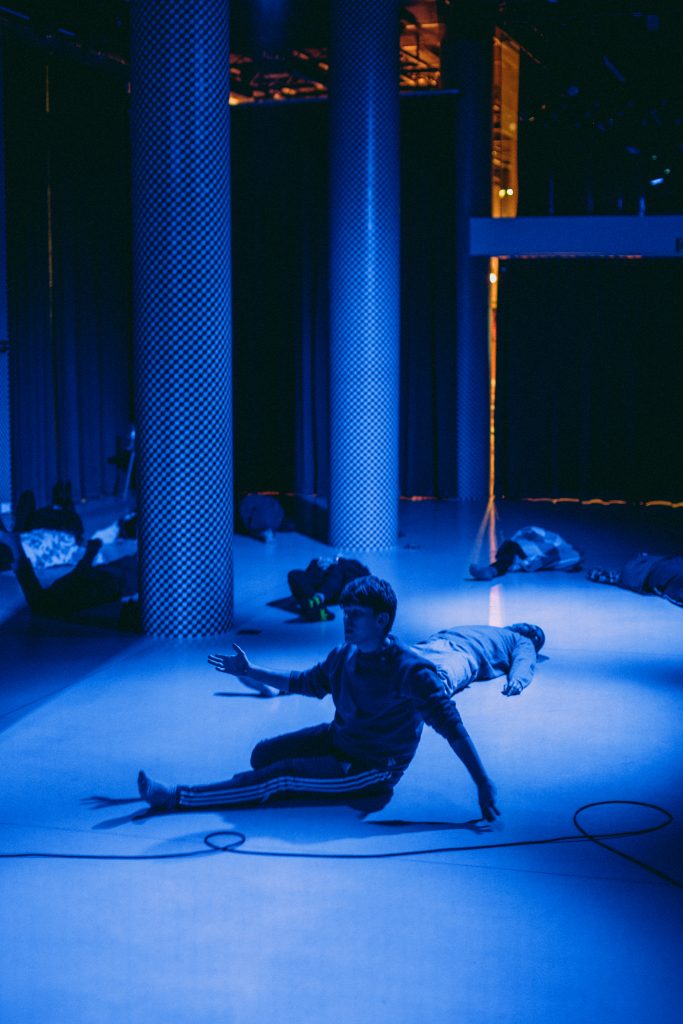
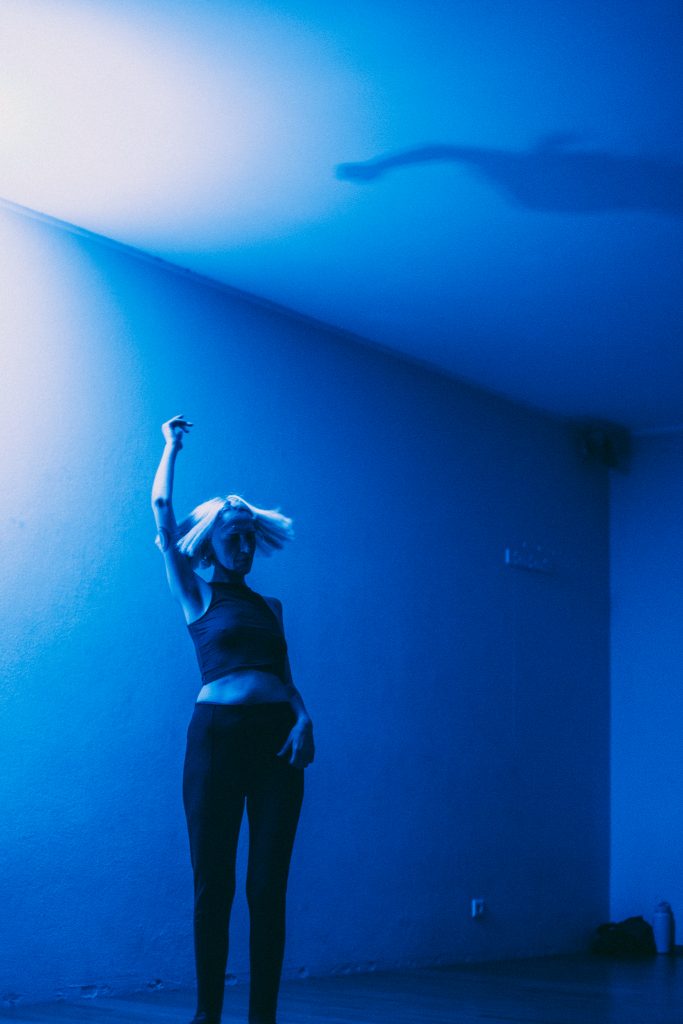

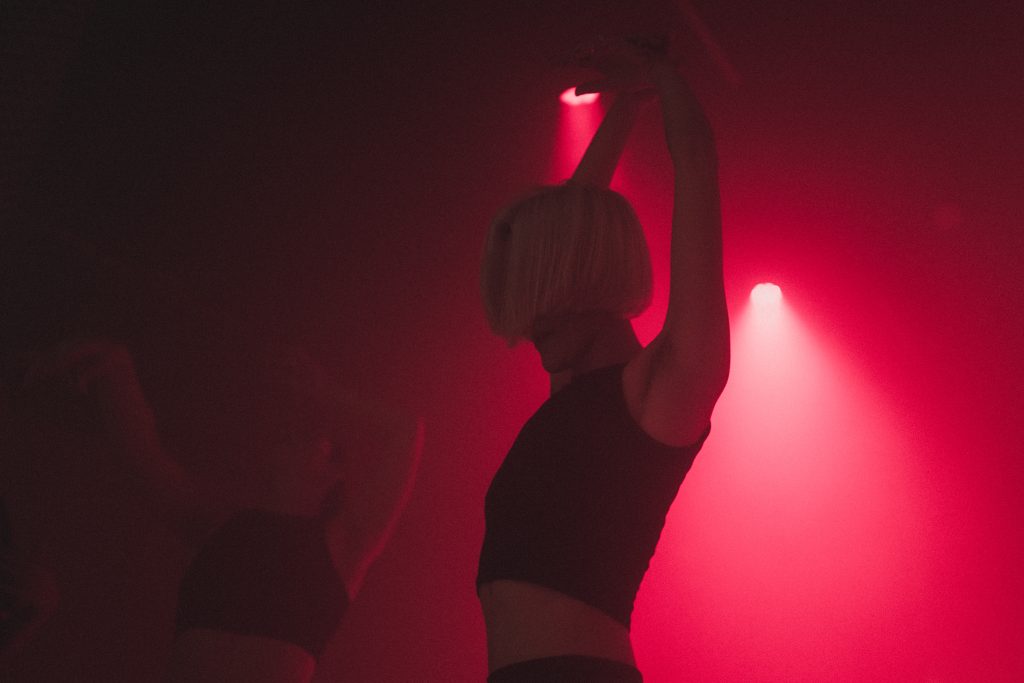

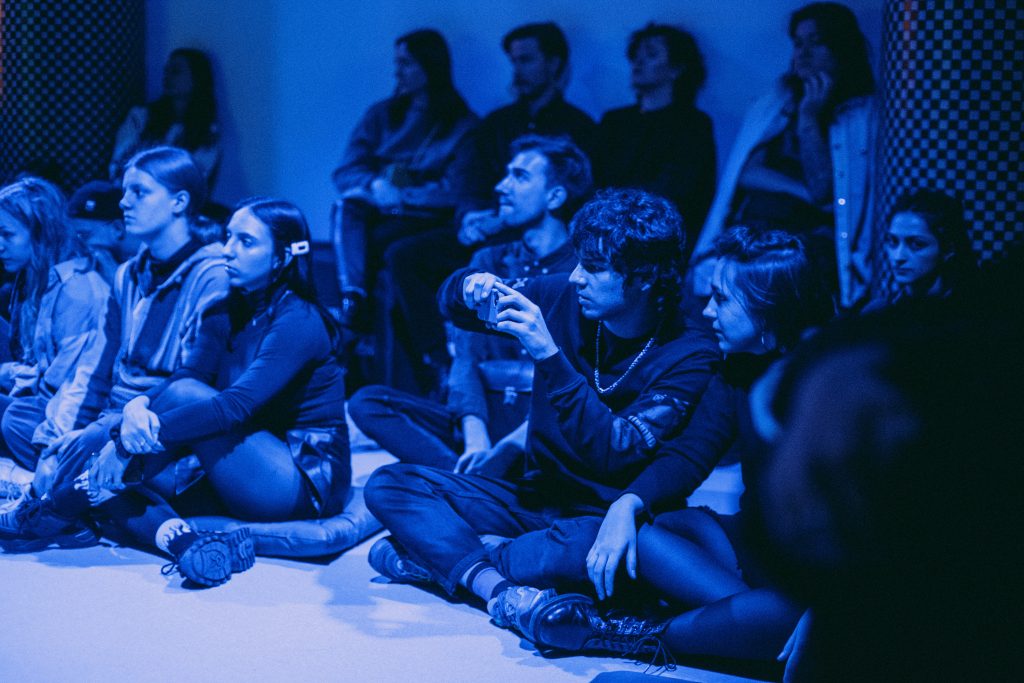
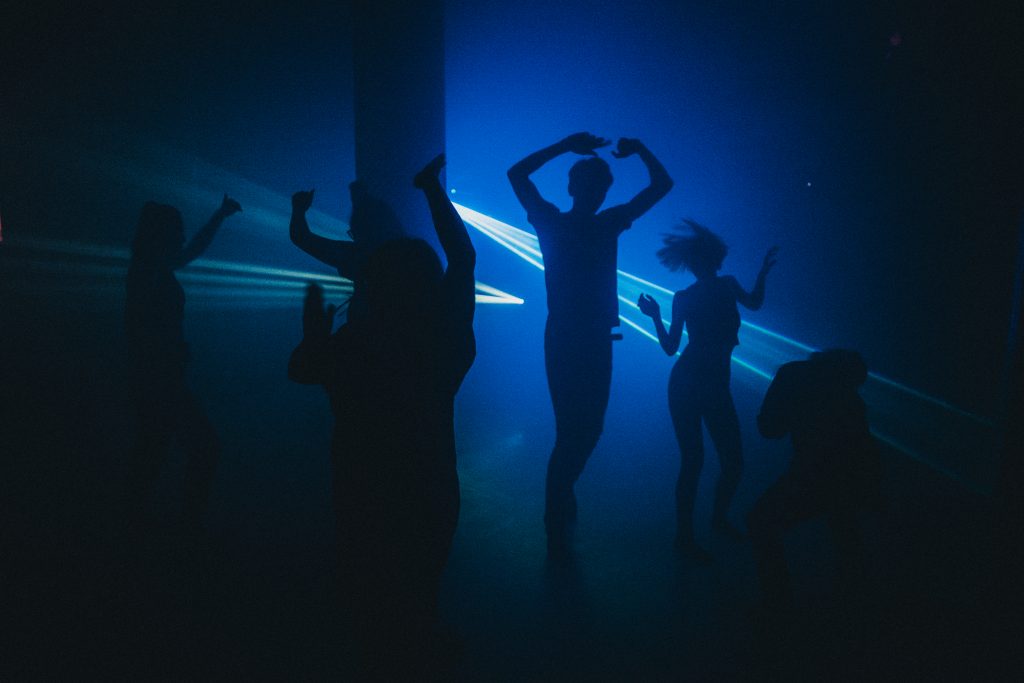
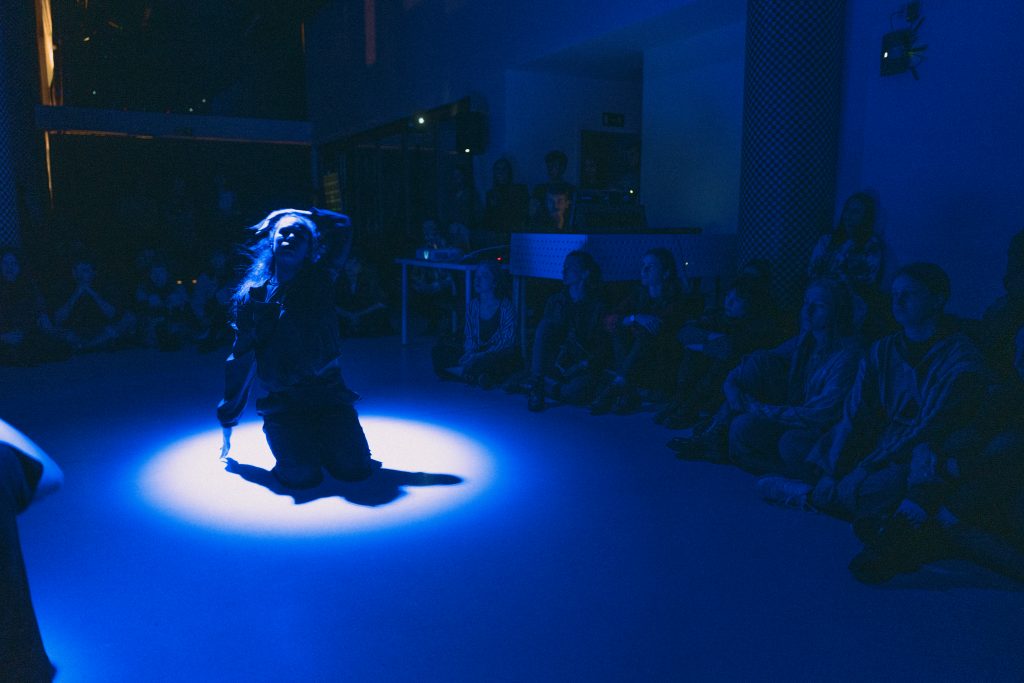

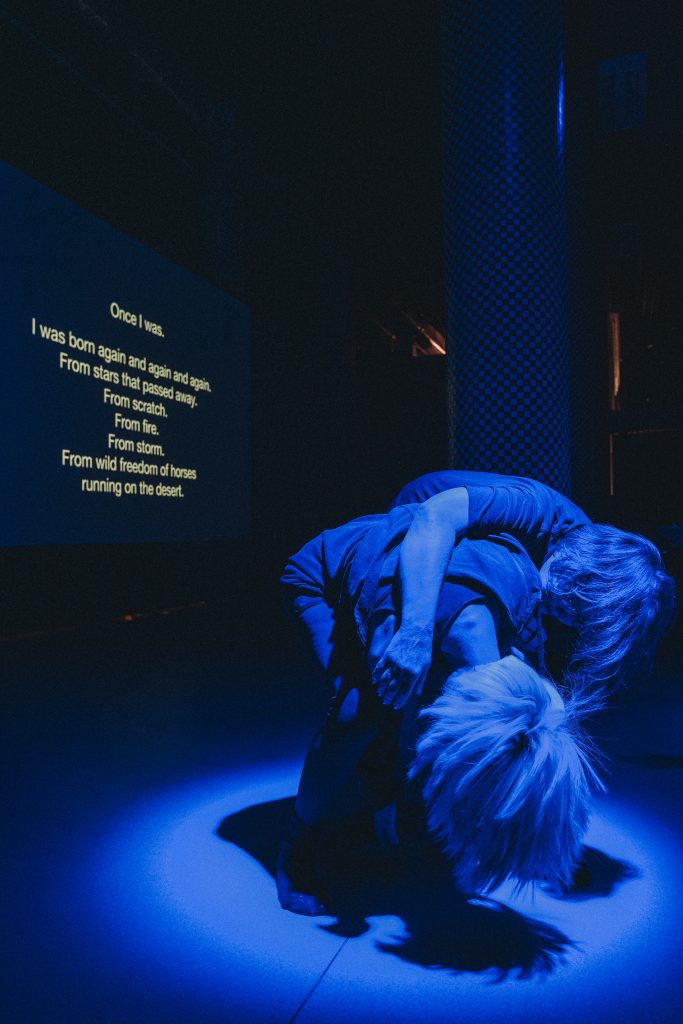
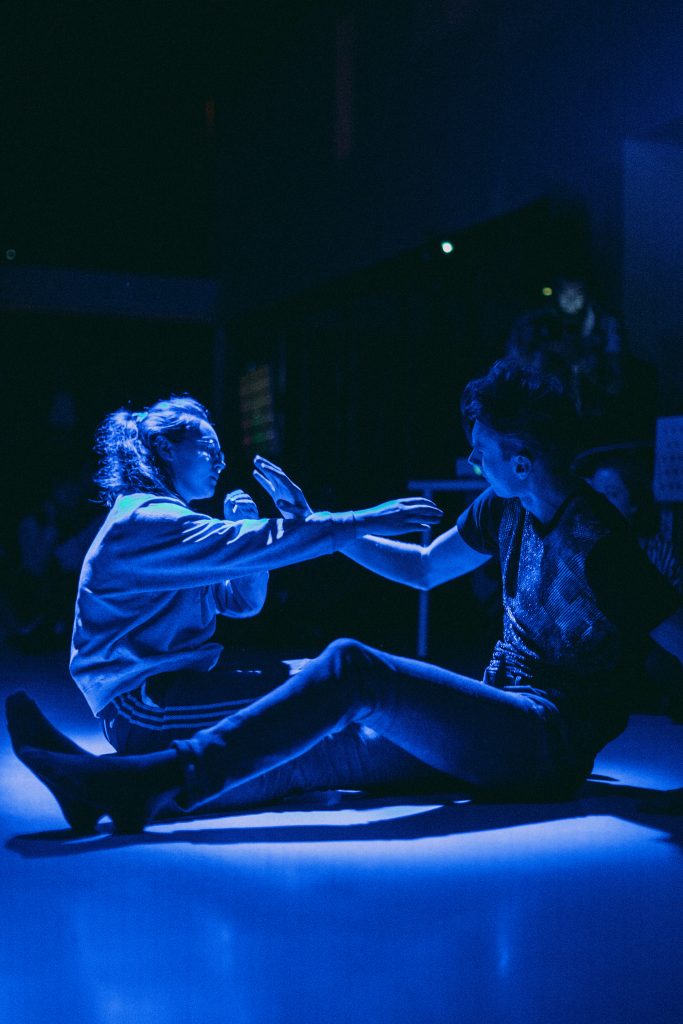
Emerging curator: Paulina Brelińska-Garsztka
Place of residency: Wroclaw Institute of Culture (Wroclaw, Poland)
Practice: theatre, acting, film, performance, visual arts
Supporting local artist: Marek Gluziński
Authors of performative show „LUCIDITY”: Walentyna Shaiko, Agata Omelańska, Lizzy Lizzy, Barbara Krupa, Joanna Kisiel oraz Tomasz Parużyński Musiał.
Partners: Grotowski Institute, IP Studio
WIK is a partner of the international Magic Carpets platform co-financed by the European Union’s Creative Europe program, bringing together more than a dozen cultural organizations. ]
1 Anton Malinovskyi was a resident of the Wroclaw Institute of Culture, together with Margo Reznik they did a hybrid residency called There Will Be Ukraine in September 2022. Anton’s photographic works are called Rave Garden and can be seen on his website: https://cargocollective.com/malinovskiy/Rave-Garden
2 Graham St John, Rave Culture and Religion, Routledge, 2004, Londyn i Nowy Jork. https://books.google.pl/books?hl=pl&lr=&id=ze2MCltwfigC&oi=fnd&pg=PA85&dq=rave&ots=yt5_aKpdhE&sig=xl62WgrF8sqhoZJXmxR8MTjJAAc&redir_esc=y#v=snippet&q=crises&f=false [dostęp:1

